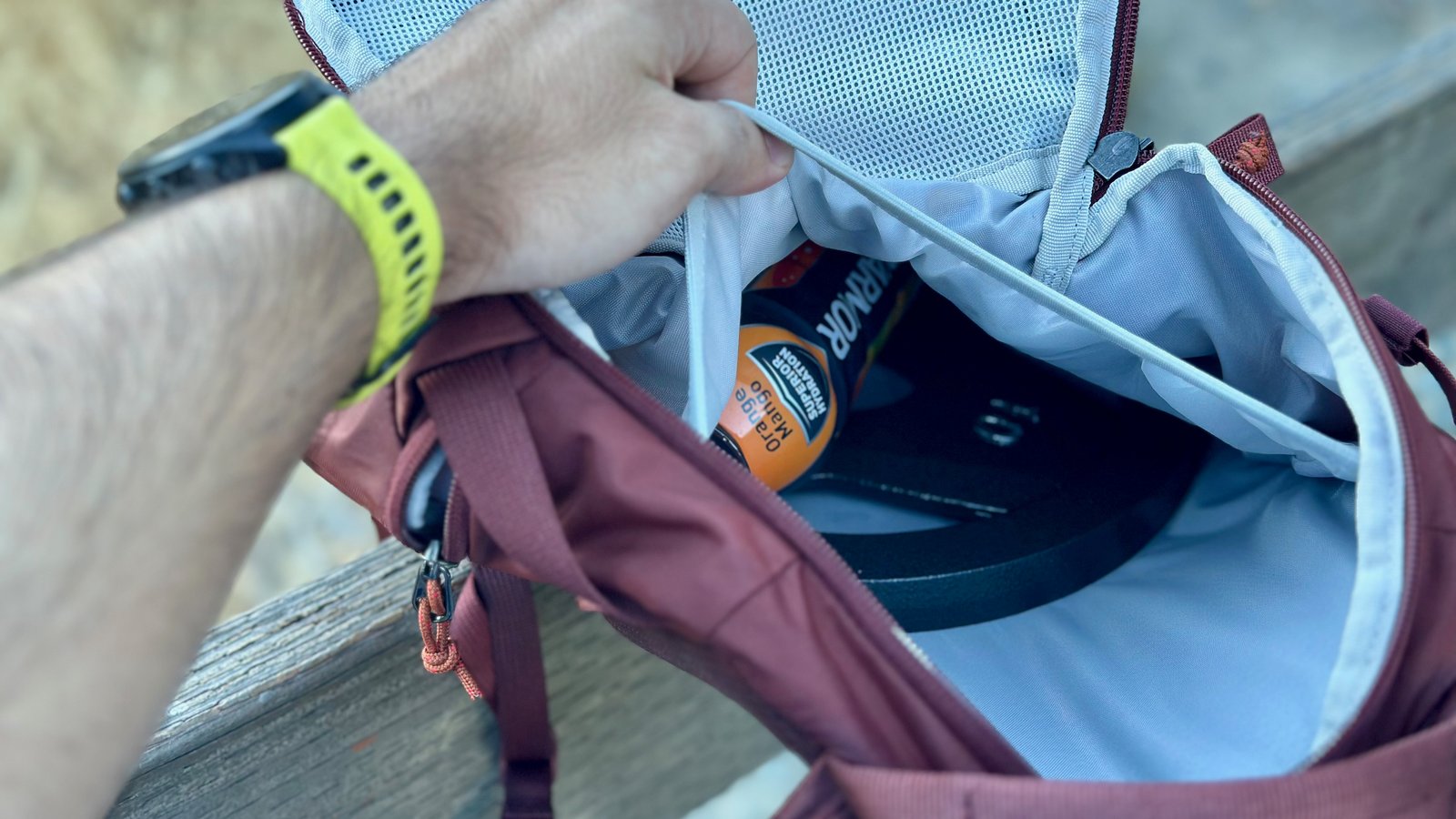Sunday Runday

In this weekly column, Android Central Wearables Editor Michael Hicks talks about the world of wearables, apps, and fitness tech related to running and health, in his quest to get faster and more fit.
To call rucking the hottest fitness trend of 2024 feels like an understatement. I’ve seen rucking write-ups across mainstream and tech blogs, all proclaiming how walking with a military backpack has massively improved their fitness within weeks (or even days) and that you “need” to try it yourself.
Seeing this unrestrained rucking enthusiasm from other sites refocused my angle for this column. Unfortunately, I need to temper people’s expectations a bit.
The concept of rucking is simple: Walking has cardiovascular benefits, but if you put on a heavy rucksack, your heart will hit higher, fat-burning zones, your upper and lower body muscles will develop, and even your bone density will improve without taking that much extra time or being as high-impact as running.
I’ve rucked occasionally for the past two months, and I’d wholeheartedly recommend some people try it. Rucking makes me nostalgic for my Boy Scout days doing 50-mile hikes in the Sierra Nevadas — except I get to drive home and eat proper food afterward.
That said, too much rucking coverage exaggerates its positives and ignores its downsides. Not everyone needs to imitate military recruits to get healthier. So, let’s dive into why I like rucking, and I want to make sure new converts to the cult of rucking don’t have regrets later.
Light rucking is the perfect challenge for hikers and runners
The big hurdle for rucking is the upfront cost. Unlike my fellow journalists who probably got gifted or expensed Goruck packs, I had to decide whether to spend $300–400 on a proper rucksack with fancy support straps and designed pouches for weight plates, as r/Rucking users recommend, or use a “normal” backpack and risk straining my lower back.
Instead, I repurposed the 18L REI daypack I’d bought to carry water and trail mix. It’s not rugged enough for true support or a ton of weight, but I could fit two 10-pound plates and a rolled-up towel behind them in the laptop sleeve so that the weight stayed close to my back and didn’t bounce around as I trekked up and down steep hills.

As a runner who’s never been into strength training, I don’t have much defined muscle, so entry-level rucking is perfect cross-training for me. It tricks me into enjoying a total-body workout by distracting me with nature and cardio, it gives my feet a break from runs, and it helps me get low-aerobic training load — aka prolonged time in heart rate zones 1 and 2 — for building up my VO2 Max foundation so I can push harder on my regular runs.
This Goruck beginner’s guide recommends working your way up to 1/3 of your body weight, starting at 20 pounds and adding five extra pounds per week for short walks until you reach this goal. I’d recommend starting even lighter (maybe 10 pounds?), then stopping at around 20 pounds until you’ve rucked enough to justify shelling out for proper gear.
Don’t ruck before you can walk
Without calling out any specific writers or sites, I’ve seen tons of headlines about rucking for “10,000 steps a day,” or rucking every day for weeks, and having immediate benefits to strength, endurance, and mental health.
Look, I walked 10,000 steps a day for a month last year before I’d even heard of rucking. I lost weight, built up a higher VO2 Max for endurance, and felt much happier — though the walks did get boring after a while. Sound familiar, minus the strength training?

Switching from a sedentary writer’s lifestyle to an active one feels great, whether or not you’re wearing a backpack. Rucking will make you stronger, but you probably shouldn’t do it daily unless you’re already in shape and have decent core strength — and don’t feel awkward wearing a military pack in the suburbs or on city streets.
Otherwise, most people should take care not to have false expectations, or to hurt themselves by overtraining. Rucking once or twice a week is more realistic to start, and if you’re using heavier weights, you probably should only be walking 2,000 to 5,000 steps at first, not 10,000. You’ll want to walk longer and rucksack-free on other days to sustain losing weight.
Rucking isn’t some miracle workout
If you search “rucking calories,” you’ll see Gemini and marketing sites claiming that rucking burns 2.5–3x the calories you burn while walking, saving you time. Nope. I have no idea where they came up with that multiplier.
I hiked the same 10-mile hike with 2,250 feet of elevation gain, once with no pack and once with 25 pounds of pack weight. My first hike burned 1,081 calories (according to my Garmin Forerunner 965) with a 120 bpm HR average, 161 bpm max, and 2:38:06 total hike time; my second hike burned 1,541 calories with a 131 bpm HR average, 183 bpm max, and 2:57:10 hike time.
Source link . You can check them out for other stuffs
